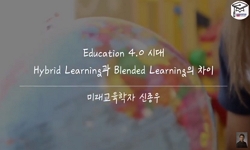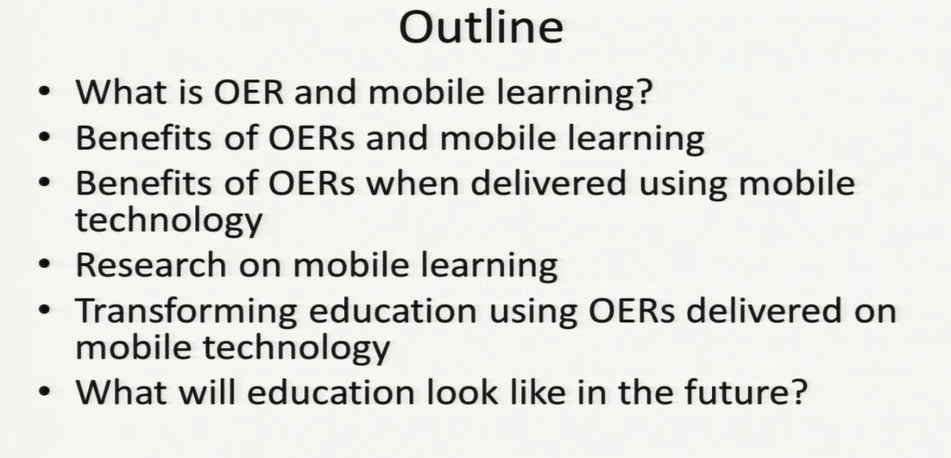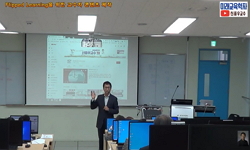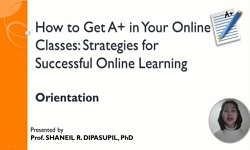Objectives: The study of biological materials under a microscope is known as histology, which is one of the most challengingsubjects for students. Our objective was to develop a learning tool that can reduce the extrinsic load of studying histology an...
http://chineseinput.net/에서 pinyin(병음)방식으로 중국어를 변환할 수 있습니다.
변환된 중국어를 복사하여 사용하시면 됩니다.
- 中文 을 입력하시려면 zhongwen을 입력하시고 space를누르시면됩니다.
- 北京 을 입력하시려면 beijing을 입력하시고 space를 누르시면 됩니다.
https://www.riss.kr/link?id=A108118632
-
저자
Nazlee Sharmin (University of Alberta) ; Ava K. Chow (University of Alberta) ; Dominic Votta (University of Alberta) ; Nathanial Maeda (University of Alberta)

- 발행기관
- 학술지명
- 권호사항
-
발행연도
2022
-
작성언어
English
- 주제어
-
등재정보
KCI등재,SCOPUS,ESCI
-
자료형태
학술저널
- 발행기관 URL
-
수록면
170-175(6쪽)
-
KCI 피인용횟수
0
- DOI식별코드
- 제공처
-
0
상세조회 -
0
다운로드
부가정보
다국어 초록 (Multilingual Abstract)
Objectives: The study of biological materials under a microscope is known as histology, which is one of the most challengingsubjects for students. Our objective was to develop a learning tool that can reduce the extrinsic load of studying histology andmake learning enjoyable and flexible. We used augmented reality (AR) to create a cellphone application called Dental AR.
With Dental AR, students can use their cellphones as dynamic flashcards to hide or reveal the annotations of a histology slide.
Our application enables students to study, practice, and self-test oral histology knowledge at their own pace. Methods: Weused Unity3D with Vuforia to develop Dental AR. To generate a set of target images, oral histology glass slides were scannedand converted to digital images. Annotated versions of the slides were used as output for the corresponding target images. Tounderstand user experiences and satisfaction with Dental AR, first-year dentistry students were invited to complete an onlinesurvey. Results: Dental AR was successfully developed and released on both the Apple and Google Play online app stores.
The survey of dentistry students indicated overall satisfaction with Dental AR and willingness to use similar applications inother subjects. Conclusions: Dental AR can be used for in-class activities, gamification, and providing students with practicequestions to study and self-test outside the classroom. This application can be expanded in the future to incorporate moretarget images, videos, and interactive components to make learning histology less challenging and more enjoyable.
참고문헌 (Reference)
1 Felszeghy S, "Using online gamebased platforms to improve student performance and engagement in histology teaching" 19 (19): 273-, 2019
2 Vega Garzon JC, "Using augmented reality to teach and learn biochemistry" 45 (45): 417-420, 2017
3 Garcia M, "Students’ views on difficulties in learning histology" 12 (12): 541-549, 2019
4 Newby TJ, "Ottenbreit-Leftwich AO. Educational technology for teaching and learning" Pearson 2012
5 Keller JM, "Motivational design for learning and performance:the ARCS model approach" Springer 2010
6 Milman NB, "Motivating the online learner using Keller’s ARCS model" 13 (13): 67-71, 2016
7 Johnson S, "Learning histology : dental and medical students’ study strategies" 19 (19): 65-73, 2015
8 Geary DC, "Evolutionary perspectives on child development and education" Springer 217-249, 2016
9 Revell SM, "Engaging millennial learners : Effectiveness of personal response system technology with nursing students in small and large classrooms" 49 (49): 272-275, 2010
10 Thompson ME, "Effectiveness of interactive, online games in learning neuroscience and students’perception of the games as learning tools. A preexperimental study" 40 (40): 150-155, 2011
1 Felszeghy S, "Using online gamebased platforms to improve student performance and engagement in histology teaching" 19 (19): 273-, 2019
2 Vega Garzon JC, "Using augmented reality to teach and learn biochemistry" 45 (45): 417-420, 2017
3 Garcia M, "Students’ views on difficulties in learning histology" 12 (12): 541-549, 2019
4 Newby TJ, "Ottenbreit-Leftwich AO. Educational technology for teaching and learning" Pearson 2012
5 Keller JM, "Motivational design for learning and performance:the ARCS model approach" Springer 2010
6 Milman NB, "Motivating the online learner using Keller’s ARCS model" 13 (13): 67-71, 2016
7 Johnson S, "Learning histology : dental and medical students’ study strategies" 19 (19): 65-73, 2015
8 Geary DC, "Evolutionary perspectives on child development and education" Springer 217-249, 2016
9 Revell SM, "Engaging millennial learners : Effectiveness of personal response system technology with nursing students in small and large classrooms" 49 (49): 272-275, 2010
10 Thompson ME, "Effectiveness of interactive, online games in learning neuroscience and students’perception of the games as learning tools. A preexperimental study" 40 (40): 150-155, 2011
11 Dahlstrom E, "ECAR study of undergraduate students and information technology" Educause Center for Applied Research
12 van Merrienboer JJ, "Cognitive load theory in health professional education : design principles and strategies" 44 (44): 85-93, 2010
13 Sweller J, "Cognitive load theory and educational technology" 68 (68): 1-16, 2020
14 Sweller J, "Cognitive load theory" Springer 2011
15 Nazlee Sharmin ; Ava K. Chow, "Augmented Reality Application to Develop a Learning Tool for Students: Transforming Cellphones into Flashcards" 대한의료정보학회 26 (26): 238-242, 2020
16 Janssen A, "A little healthy competition : using mixed methods to pilot a team-based digital game for boosting medical student engagement with anatomy and histology content" 15 : 173-, 2015
동일학술지(권/호) 다른 논문
-
Future Medical Care in the Post-COVID-19 Era
- 대한의료정보학회
- 홍윤철
- 2022
- KCI등재,SCOPUS,ESCI
-
- 대한의료정보학회
- Van Lam Nguyen
- 2022
- KCI등재,SCOPUS,ESCI
-
- 대한의료정보학회
- 백경연
- 2022
- KCI등재,SCOPUS,ESCI
-
- 대한의료정보학회
- Hui Xing Tan
- 2022
- KCI등재,SCOPUS,ESCI
분석정보
인용정보 인용지수 설명보기
학술지 이력
| 연월일 | 이력구분 | 이력상세 | 등재구분 |
|---|---|---|---|
| 2023 | 평가예정 | 해외DB학술지평가 신청대상 (해외등재 학술지 평가) | |
| 2020-01-01 | 평가 | 등재학술지 유지 (해외등재 학술지 평가) |  |
| 2011-01-01 | 평가 | 등재 1차 FAIL (등재유지) |  |
| 2010-04-05 | 학술지명변경 | 한글명 : 대한의료정보학회지 -> Healthcare Informatics Research외국어명 : Journal of Korean Society of Medical Informatics -> Healthcare Informatics Research |  |
| 2009-01-01 | 평가 | 등재학술지 유지 (등재유지) |  |
| 2006-01-01 | 평가 | 등재학술지 선정 (등재후보2차) |  |
| 2005-01-01 | 평가 | 등재후보 1차 PASS (등재후보1차) |  |
| 2003-01-01 | 평가 | 등재후보학술지 선정 (신규평가) |  |
학술지 인용정보
| 기준연도 | WOS-KCI 통합IF(2년) | KCIF(2년) | KCIF(3년) |
|---|---|---|---|
| 2016 | 0.24 | 0.24 | 0.21 |
| KCIF(4년) | KCIF(5년) | 중심성지수(3년) | 즉시성지수 |
| 0.18 | 0.15 | 0.434 | 0.09 |
연관 공개강의(KOCW)
-

Education 4.0 시대, Hybrid Learning과 Blended Learning의 차이
신한대학교 신종우 -

2014 이러닝 국제 콘퍼런스 : Open Education Resources with Mobile Learning to Transform Education
한국교육학술정보원 Mohamed Ally -

Learning Objectives: Self-Assessment
Teachers TV Teachers TV -

Flipped Learning을 위한 교수자 콘텐츠 제작 (한성대학교)
신한대학교 신종우 -

How to Get A+ in Your Online Classes: Startegies fSuccessful Online Learning
한서대학교 Shaneil Dipasupil





 KCI
KCI

